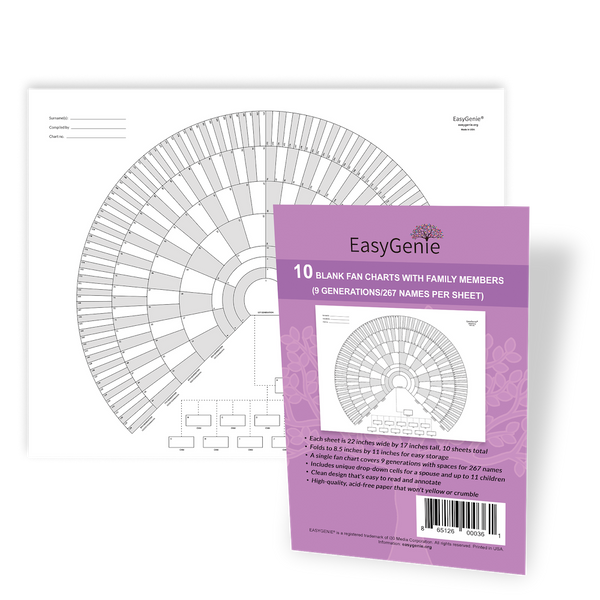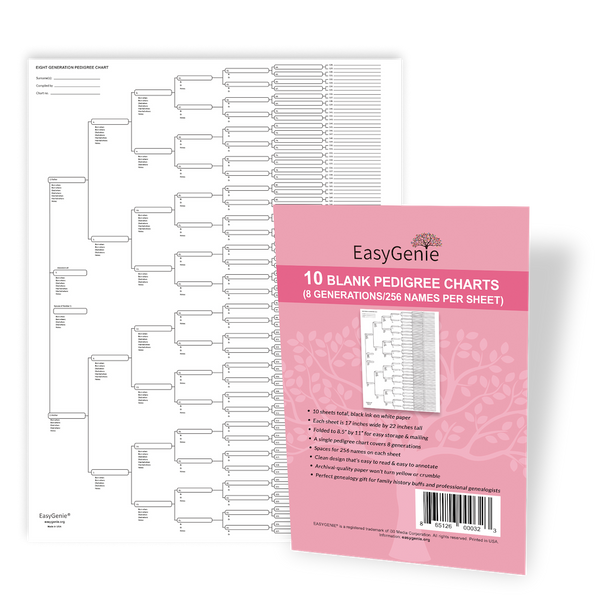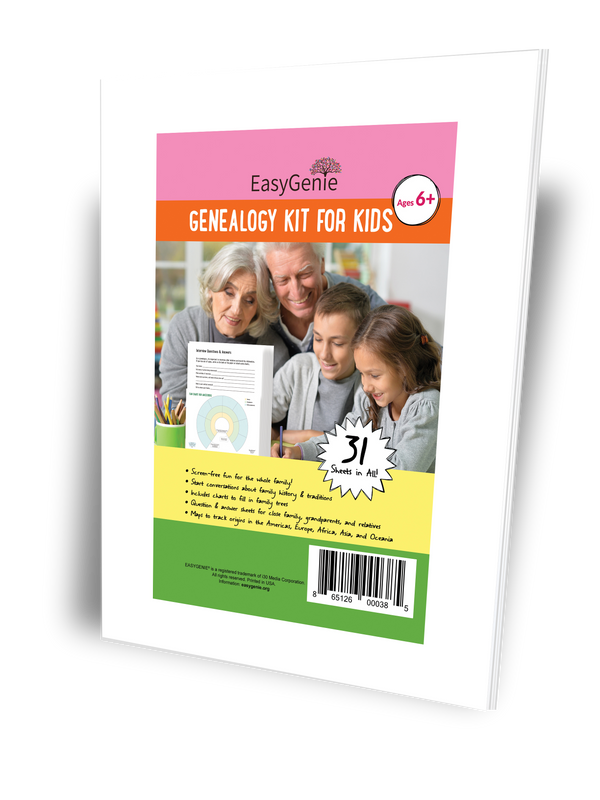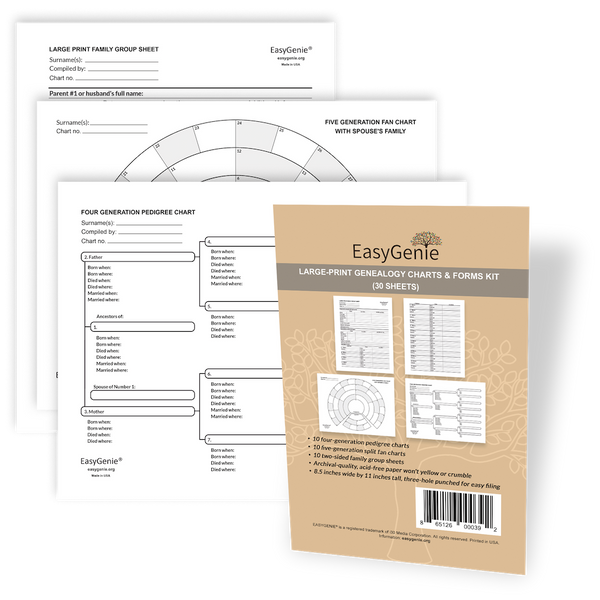
2003 road trip to learn Aunt Katherine's story
Ian LamontNovember, 2003. Mesa, Arizona. My father and I fly out to visit his Aunt Katherine (my great aunt), then aged 95. "She was my favorite aunt growing up," he tells me on the flight.
She's the little girl on the left in the photo above. We haven't seen Aunt Katherine for decades, since she left New York in the 1980s. It's a genealogy road trip and a chance to reconnect, and capture family history stories for future generations.
We rent a car and drive to Aunt Katherine's house, which she shares with her granddaughter's family. She's still healthy, but life has been hard. She grew up poor, started work at age 15 in a textile mill, raised a family, and outlived them all. Her parents, her siblings, both of her husbands, and her two children have already passed away by November 2003.
She's the only one left.
Over the next few days, it's a trip down memory lane for both Aunt Katherine and my dad, as they remember their home town and all of the people they once knew.

She tells us about her first husband, Charlie. A World War I veteran, he had been exposed to "orange gas" (also known as "mustard gas") and later developed tuberculosis which became steadily worse.
He worked at a local plant that made parts for fire engines, and traveled a lot. "He'd been to all 48 states," she said, proudly.
One day, in August 1945, Charlie mentioned he had to go on the road. "Kittie, I'll be gone for a while," was all he would tell her.
He didn't return that summer, or that autumn. She tried not to let their two kids, then in their teens, know how worried she was.
One cold November night, she came back from the midnight shift at the factory. Charlie was sitting in the living room, waiting for her.
He had gone West, hitchhiking to a VA hospital in Tuscon where he heard they could work miracles with TB patients. At the time, there was a belief that the good air out West could help patients recuperate from lung disease.
And the treatment seemed to work. "He looked great," she says.
But it didn't last. Charlie's condition deteriorated, and he died the following spring.
Not all of the talk was sad. Aunt Katherine and my father discuss the end of World War II, and the celebrations around VE Day and VJ Day. That triggers a memory for my dad, who recalled his uncles coming home after they were discharged from the Army with big kit bags on their shoulders.

We spend a long time looking over photos, which include portraits and candids dating back to the 1870s, and even an old tintype (see above). Aunt Katherine lets me annotate the backs of the photos with names and places, and take them home to make copies for the family history I was preparing.
Even more importantly, she agrees to let me record the interviews, which have provided countless stories to preserve for future generations. (See What's the most important skill for genealogists to develop? and our genealogy stories kit).
Aunt Katherine passed away less than a year after we saw her in Arizona.
While life was hard, there were also moments of joy and happiness. I like this photo the most, capturing a carefree, summertime moment in the 1920s with her best friend.








